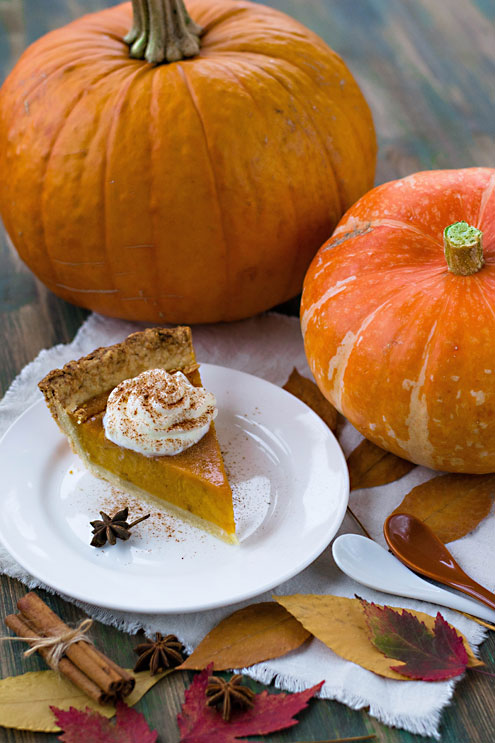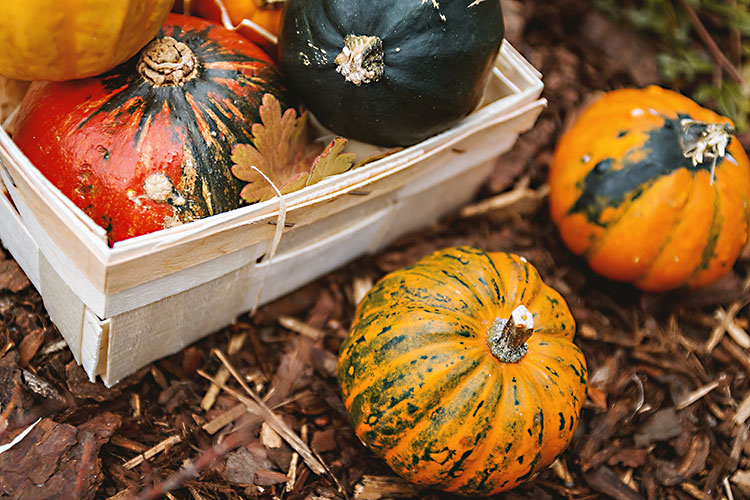By Tony Tomeo
Winter squash are not exactly the sort of cool season vegetables that their designation implies. They grow through the summer just like summer squash do. Both winter and summer squash are warm season vegetables that get planted early in spring. The difference is that summer squash get harvested regularly through summer, and winter squash get harvested only once after summer.
Zucchini, crookneck, patty pan and other summer squash are very productive as long as the weather is warm, and their fruit gets harvested. Fruit that stays too long and continues to mature gets big and tough, and consumes resources that would otherwise be diverted to newly developing fruit. Therefore, regular harvesting of the more desirable juvenile fruit actually promotes production.
Pumpkin, acorn, butternut and other winter squash grow all summer, but each plant should be allowed to produce only a few fruits each. Some pumpkin vines produce only one fruit each. Once the desired numbers of fruits are developing, fruits that start to develop later should be culled to concentrate resources into the primary fruits. These fruits mature all summer to get harvested after frost.
So, by the time that summer squash stops producing, winter squash is about ready for harvest. Where autumn weather is cooler, the tender foliage shrivels after frost, exposing the richly colored but formerly obscured ripe fruit. Winter squash is supposedly best if slightly frosted prior to harvest, which might take a bit longer here. After harvest, they should be left to cure for two weeks or so.
Winter squash vines are more rampant and somewhat shabbier than those of summer squash. Those that produce smaller fruit might be able to climb trellises or onto firewood piles that are not in use through summer anyway. Female flowers tend to shrivel sooner than male flowers, but all flowers that are big and turgid enough to bother with are edible. Bloom continues through summer.
If properly stored, even without canning or freezing, intact winter squash can last for months, until summer squash start producing the following season.
Highlight: Pumpkins
It really would be nice to be able to transform a pumpkin into a chauffeured coach to ride to the ball, just by waving a magic wand over it. A Buick would be even more excellent! Over the years, as the variety of new Buicks has diminished to not much more than a few SUVs that are scarcely more stylish than pumpkins, the variety of pumpkins has grown crazily. Form is not following function.
You see, for longer than anyone can document, pumpkins were grown merely for food. They still make much better pie than other winter squash would. Many varieties produce nicely edible seeds and bloom. In fact, some types are grown especially for their hulless seeds, which are known as pepitas, or for pumpkin seed oil. Nowadays though, pumpkins are more ornamental than culinary.
Decades ago, bright orange pumpkins with relatively thin shells became more popular than the more brownish orange and thicker shelled culinary types. They are more colorful, and more easily carved into Jack-O’-lanterns, but not quite as richly flavored. Since then, white, yellow, pink, red, green and bluish gray pumpkins have become available, in all sorts of shapes, sizes and textures.
•••
Horticulturist Tony Tomeo can be contacted at tonytomeo.com.




